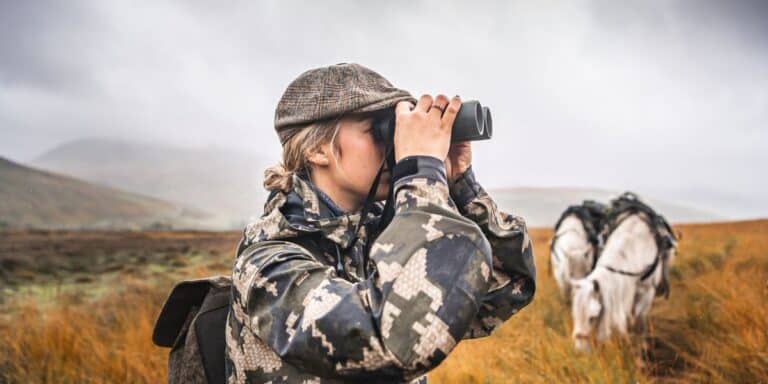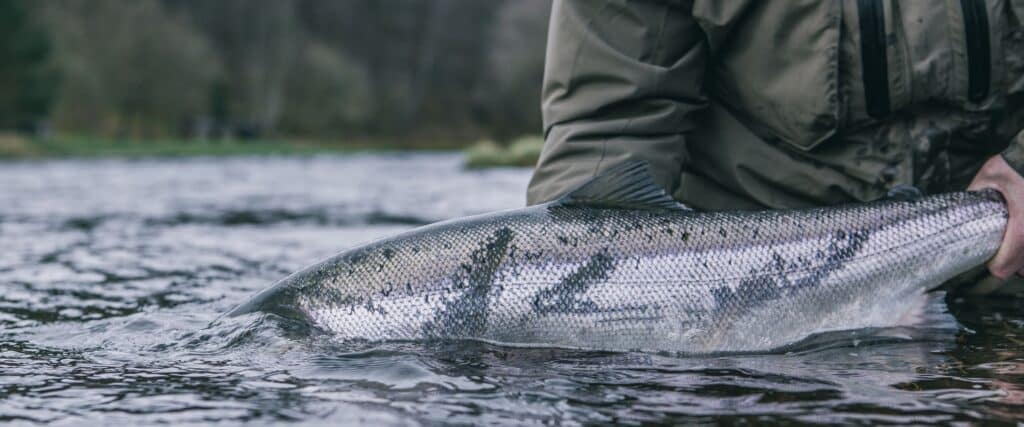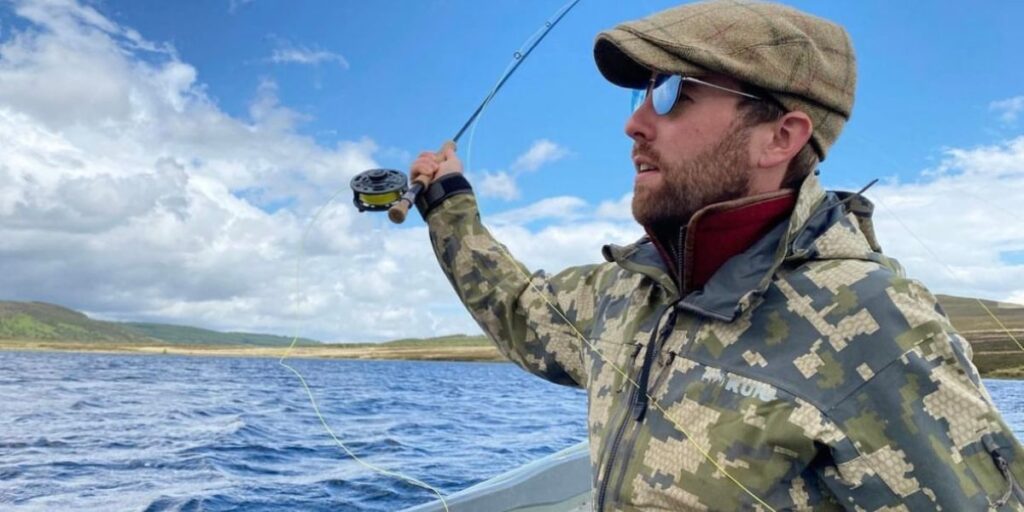Venture into the British countryside, and you’ll be hard-pressed to find a more timeless and compelling pursuit than deer stalking. This ancient tradition is not simply about the thrill of the chase, but rather a deep-seated part of our cultural heritage, offering a unique way to connect with nature, manage wildlife populations, and understand the interconnectedness of our ecosystem. It’s not just a weekend activity; it’s a journey into a realm where man and nature interact closely, often revealing profound insights about the delicate balance of life.
Understanding Deer Stalking
To truly immerse yourself in the world of deer stalking, it’s vital to grasp its historical context and underlying purpose. The practice of stalking deer traces its roots back to our prehistoric ancestors, for whom hunting was a survival skill. Over time, deer stalking has evolved into a regulated and highly respected field sport, recognised as a crucial component of sustainable deer management in the UK.
While it’s easy to lump deer hunting and deer stalking into the same category, they are fundamentally different practices. Deer hunting often brings to mind images of a vigorous chase, while deer stalking is an intricate game of stealth, patience, and acute understanding of the animal and its environment. The primary objective of deer stalking isn’t simply to make a kill, but rather to closely observe and interact with deer in their natural habitat. This, in turn, offers valuable opportunities for wildlife management and personal growth.
The Art of Deer Stalking: Techniques and Strategies
Embarking on a deer stalking outing isn’t simply a matter of picking up a rifle and heading into the woods. Deer stalking is an intricate art, a blend of time-honoured techniques, strategic planning, and a dash of unpredictability that nature invariably provides.
Weather conditions, for instance, play a pivotal role in the strategy and success of a stalk. Deer, being naturally sensitive to their environment, respond acutely to changes in factors such as wind direction, rainfall, and temperature. A savvy stalker learns to read these elements and use them to their advantage.
Patience and stealth, above all, form the crux of deer stalking. The challenge lies in infiltrating the deer’s environment unnoticed, remaining silent, undetectable, blending into the landscape. This is where the art of deer stalking comes alive – the stalker is both an observer and a participant, sharing the environment with the deer while striving to respect and minimise their impact on it.
Deer Stalking for Beginners: A Step-by-Step Guide
If you’re new to deer stalking, the learning curve might seem steep. But with patience, guidance, and practical experience, you’ll find that the fundamental skills can be honed over time. Among these are knowing when to advance and when to remain still, understanding the subtleties of remaining unseen, and learning to interpret signs of the natural environment.
Starting out in deer stalking also means accepting that mistakes are inevitable. But rather than let them discourage you, see them as invaluable learning opportunities. Common blunders like moving too quickly, making excessive noise, or misreading deer behaviour can all serve as lessons that make you a better, more confident stalker.
Deer Stalking in Scotland: A Unique Tradition
Scotland is renowned for its rich history and traditions of deer stalking. From the majestic highlands to the enchanting lowlands, Scotland boasts some of the best deer stalking opportunities in the UK. The country’s diverse landscape and abundant deer populations offer a wealth of opportunities that cater to novices and seasoned stalkers alike. Each region has its unique allure, its distinct challenges and rewards that enrich the stalking experience.
Essential Gear for Deer Stalking
Deer stalking may be a natural pursuit, but it does require some essential gear. Just as an artist needs their brushes and paints, so too does a deer stalker need the right equipment. And this goes beyond firearms. Stalking attire, for example, should provide comfort and protection from the elements while also blending with the environment. Choosing the right rifle for deer stalking is a critical decision. The best rifle for you depends on various factors, including the species of deer, the stalking environment, and your personal comfort and proficiency. Other equipment, such as binoculars and knives, also play significant roles in a successful stalk.
Ethics and Legality of Deer Stalking
Deer stalking, like any form of wildlife interaction, raises valid questions about ethics and legality. It’s essential to recognise that the welfare of the animal and respect for its habitat should always take precedence. When performed ethically, deer stalking can be an effective method of controlling deer populations, thereby preventing overpopulation and protecting the ecosystem.
Understanding the legal aspects of deer stalking is equally important. The UK has stringent laws governing deer stalking, designed to ensure the welfare of the animals and maintain ecological balance. Always ensure you have the necessary permissions and comply with all relevant legislation.
Deer Stalking vs Deer Hunting: A Comparative Analysis
Although they share some common elements, deer stalking and deer hunting are two distinct pursuits, each requiring a different skill set, strategy, and mindset. Deer stalking places the emphasis on stealth, patience, and minimising disturbance to the deer, while hunting often involves pursuing the deer more actively. Both methods have their pros and cons, and the best choice often depends on personal preferences, goals, and the specific context.
Conclusion
Deer stalking, in its purest form, is more than a field sport. It’s a tradition steeped in history, a way to connect with nature, and a practice that teaches patience, respect, and the art of observation. As you venture into the world of deer stalking, remember that each stalk is a unique experience, a chance to learn and grow, and a step towards deeper understanding and appreciation of our natural world.
FAQs
Is deer stalking cruel?
When practised responsibly and ethically, deer stalking is not cruel. It’s a key part of sustainable deer management in the UK, helping to maintain healthy and balanced deer populations. Uncontrolled deer populations can lead to overgrazing, habitat damage, and increased risk of road traffic accidents.
Is deer stalking legal in the UK?
Yes, deer stalking is legal in the UK, provided it is done in accordance with the law. The UK has strict regulations governing deer stalking, designed to ensure the welfare of the animals and protect the environment.
What is the best time of year for deer stalking?
The optimal time for deer stalking can vary depending on the species of deer. In general, however, the deer stalking season in the UK runs from August to April.
What equipment do I need for deer stalking?
Essential gear for deer stalking includes appropriate clothing and footwear, a reliable rifle, binoculars, and a hunting knife. Other helpful items include a roe sack for carrying deer, a compass or GPS for navigation, and a first aid kit.
Can beginners try deer stalking?
Absolutely. Deer stalking is a skill that can be learned, and beginners are always welcome. It’s highly recommended for beginners to seek instruction from an experienced stalker or take a deer stalking course to learn the necessary skills and ensure they understand the importance of ethical stalking practices.



